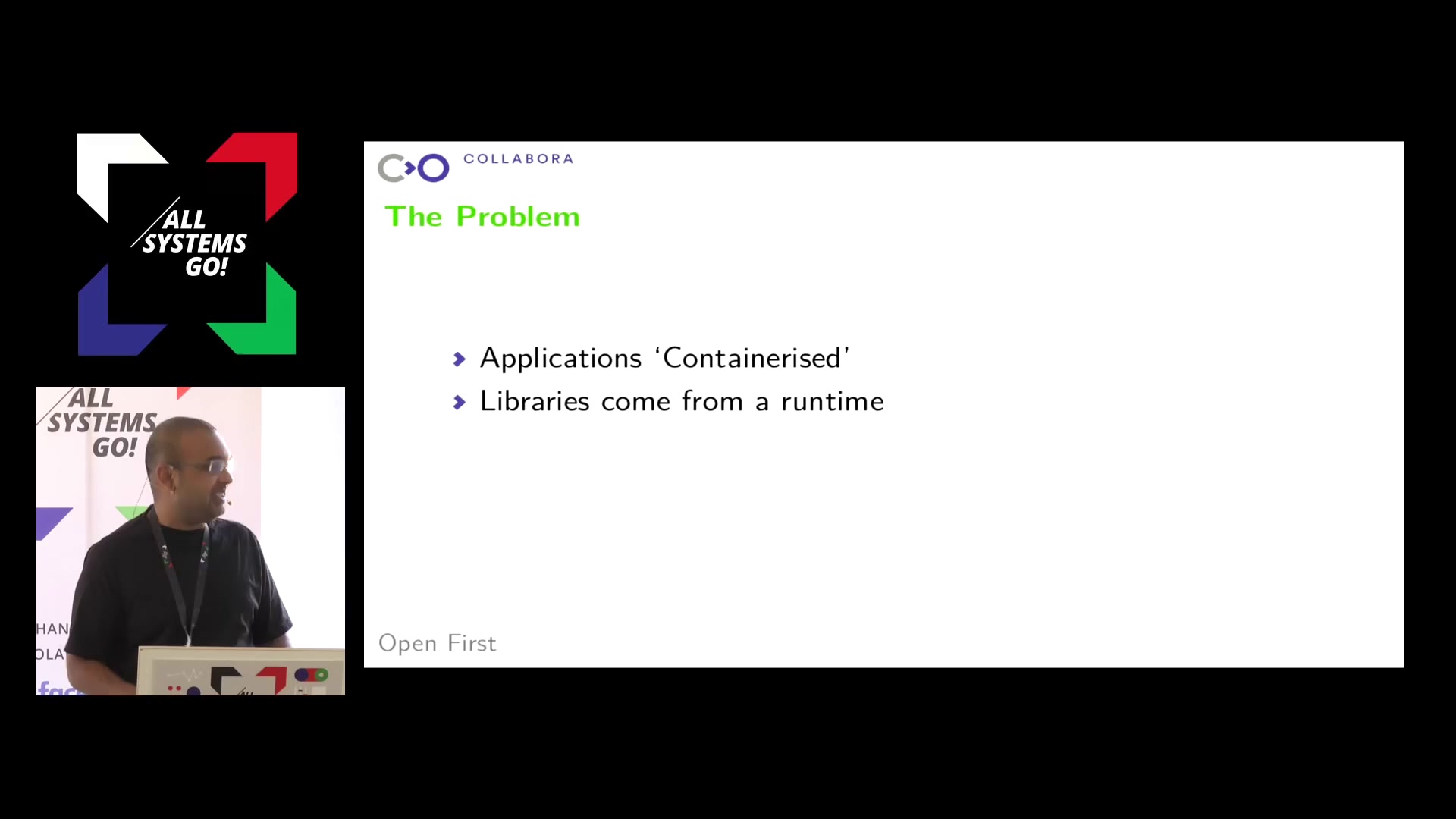Originally posted by Michael's Summary
Originally posted by Michael's Summary
Originally posted by Michael's Summary

 Really there is nothing to do there, other than maybe to push people to use it
Really there is nothing to do there, other than maybe to push people to use it 



 Of course unless they succeed at convincing big-name brands to release their software to Linux as a result of growing marketshare
Of course unless they succeed at convincing big-name brands to release their software to Linux as a result of growing marketshare  This is happening
This is happening  by the way
by the way 



 Purism
Purism  etc
etc 
 <- I really meant to type this smiley
<- I really meant to type this smiley


Comment